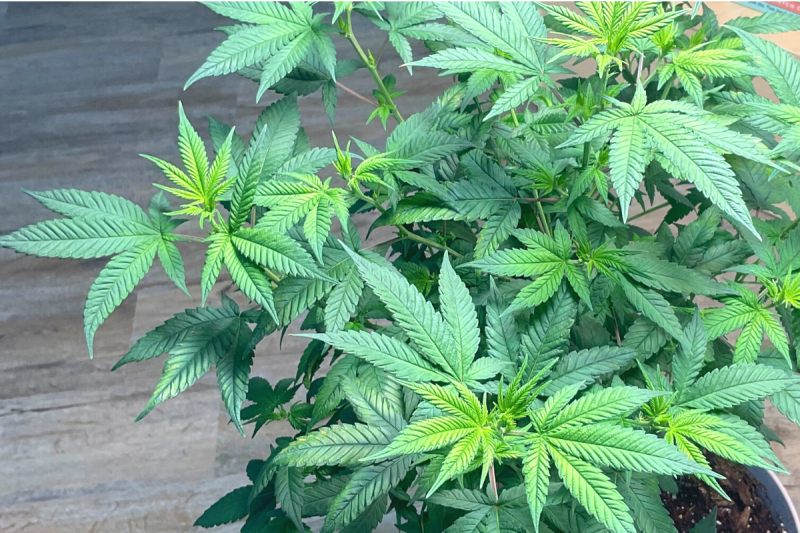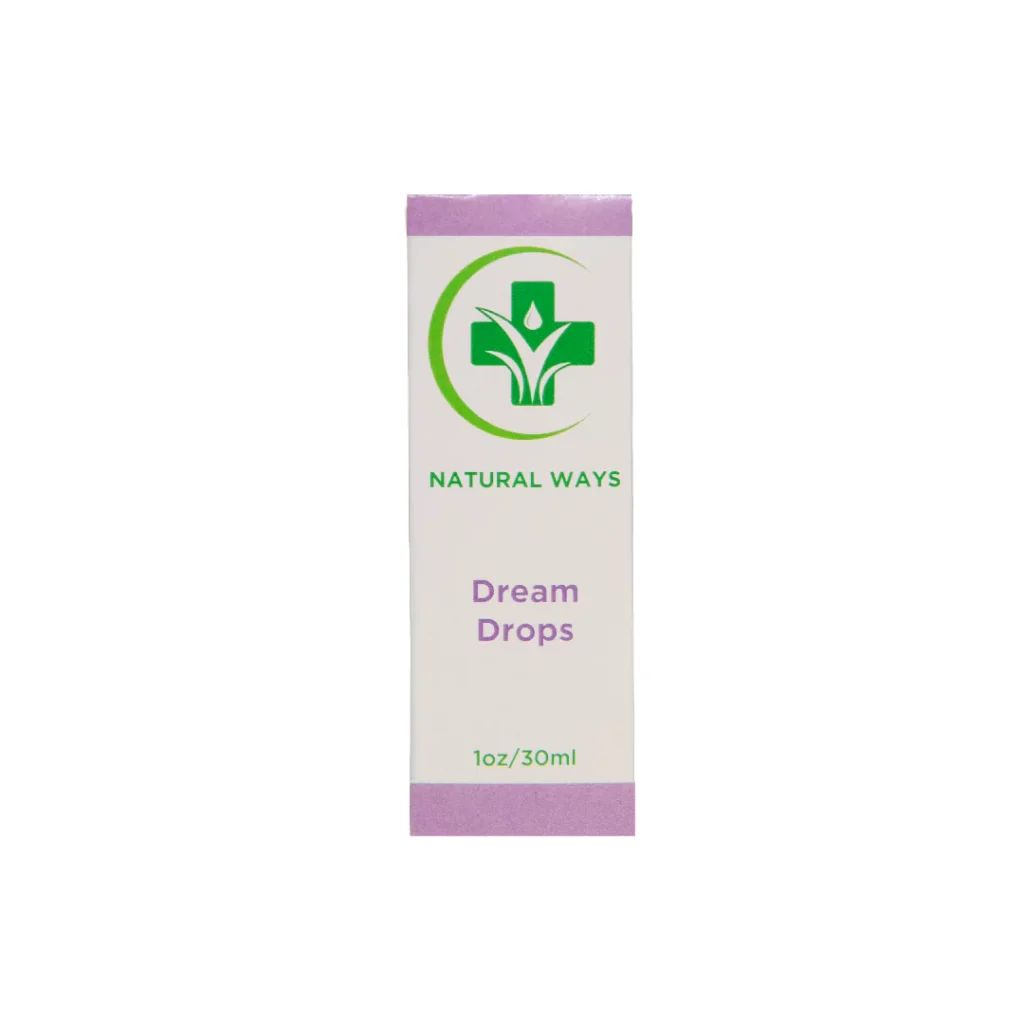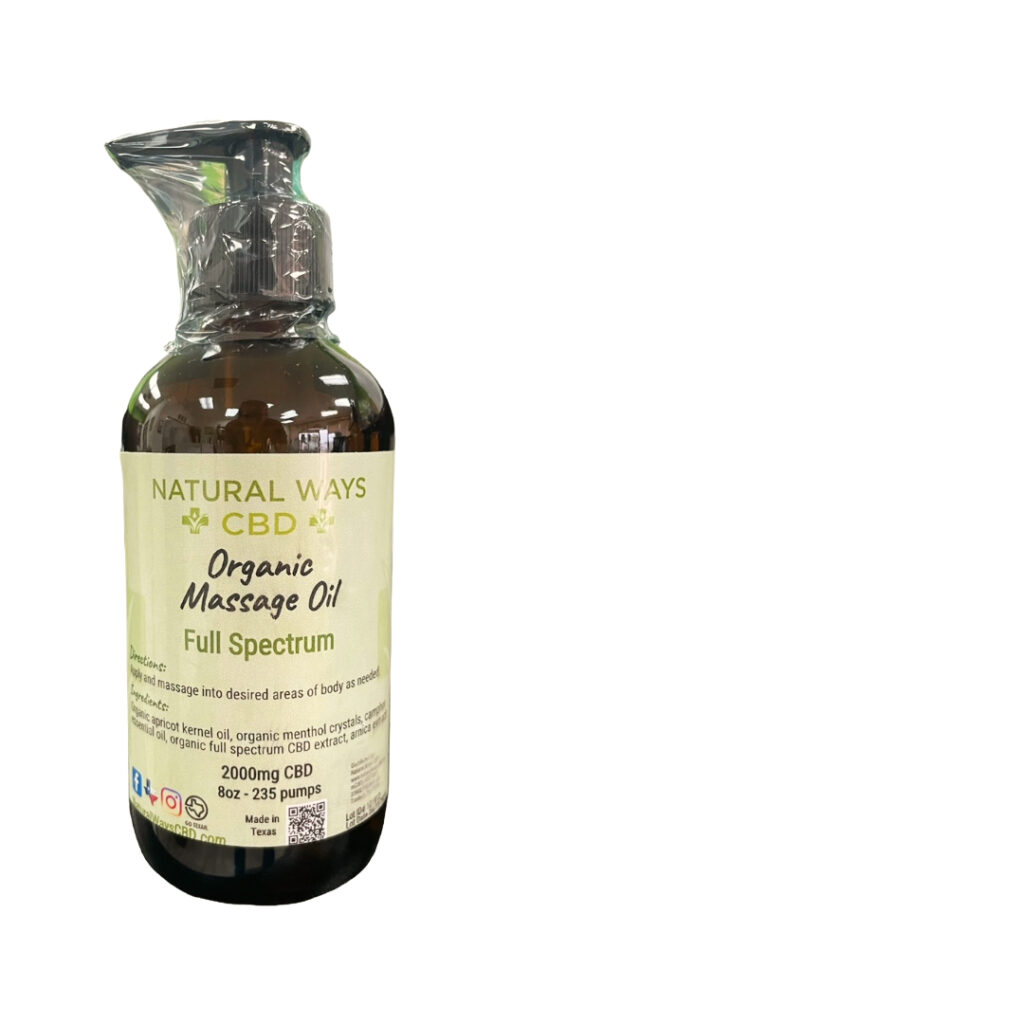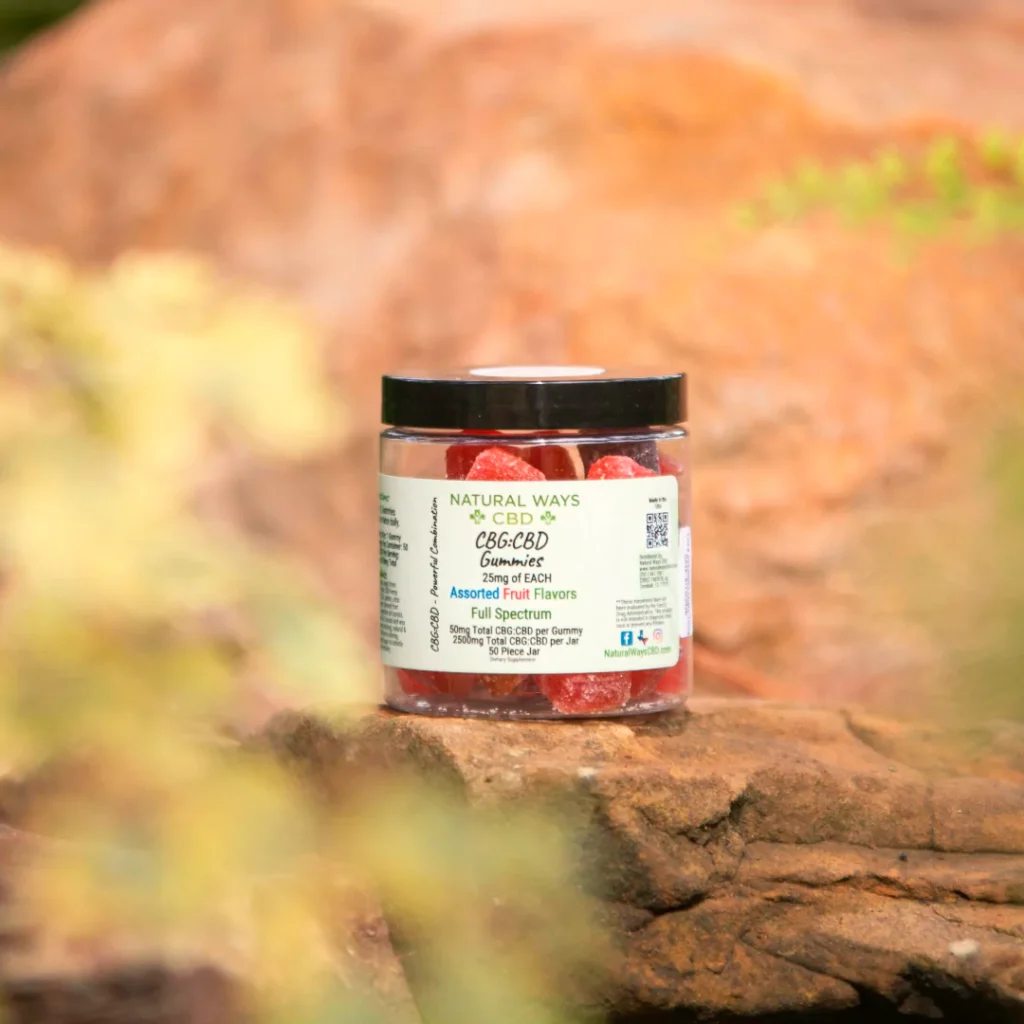Which “delta” cannabinoid is the best for pain?
Delta 9 THC is what most people are talking about when they say “THC.” It’s the cannabinoid that creates the high from smoking weed.
Delta 8 THC is an alternative option to delta 9 which is about half as strong.
Anecdotal evidence suggests delta 8 THC has physically relaxing properties, making it a viable option for those with pain and inflammation. In comparison to delta 9 THC, delta 8’s physical effects are stronger, even though the high effect it creates is just half as strong.
But there are many more differences to consider, and that’s what this article will look at. We’ll discuss the general differences between these two cannabinoids, then we’ll discuss how delta 9 and delta 8 compare for pain, specifically.
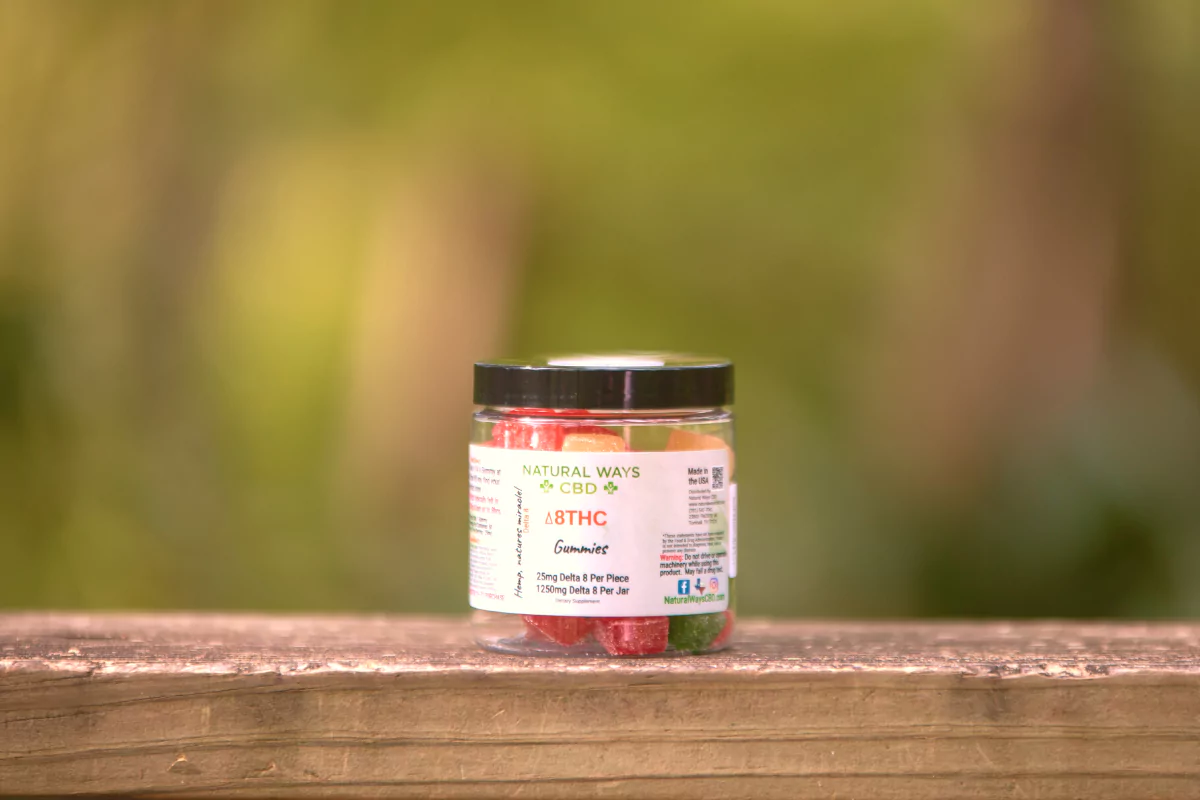
What is Delta 8?
Delta-8-tetrahydrocannabinol (delta 8) is a naturally occurring cannabinoid in the hemp plant. However, the delta 8 that’s used in products is synthetically made because it’s only naturally found in very small amounts.
Delta 8, like delta 9, will make you feel high when you use it. However, it’s only about half as strong, which has led many users to prefer it to delta 9 if they only care about the therapeutic benefits, rather than the head effect.
Key Differences Between Delta 8 and Delta 9
Although there’s a lot to consider when deciding to use delta 8 or delta 9 for pain (which we’ll discuss in the next section), there are just two core differences between these cannabinoids.
Delta 8 Is Synthetically Produced, Delta 9 Isn’t
Delta 8 and delta 9 both occur naturally in hemp, so in some sense, they are both “natural.” But unlike delta 9, which is one of the most abundant cannabinoids in the hemp plant, delta 8 is only found in very small amounts — amounts so small that it’s not economical to extract for use in products.
Instead, the delta 8 used in gummies, tinctures, and other products is made from hemp-derived CBD (cannabidiol) using a conversion process.
Delta 9 is Stronger than Delta 8
Delta 8 and delta 9 will both get you high, but delta 9 is twice as strong. This is a very significant difference, and as you’ll see in a moment, it’s one of the key reasons that many people prefer delta 8 for strictly therapeutic uses.
Delta 8 vs. Delta 9 for Pain: A Comparison
When we have a customer who’s trying to decide between delta 8 or delta 9 THC for pain, we recommend they think about the following things:
- The research behind both cannabinoids for pain
- The potency and effects of each cannabinoid
- The potential side effects of each cannabinoid
- Which cannabinoid would be best for them depending on how comfortable they are using psychoactive substances
In this section, we’ll compare delta 8 and delta 9 on each of these points. Also, feel free to check out the resources below that go more in-depth on using each of these cannabinoids for pain:
Research
Given that it’s one of the main cannabinoids in the cannabis plant, delta 9 has been researched heavily for a variety of therapeutic uses. Much of the research on delta 9 looks at medical cannabis, but the delta 9 in hemp is the same. Hemp is simply cannabis that contains less than 0.3% THC.
Medical cannabis has become an increasingly popular medicine for a variety of ailments, including pain.
Research on patients of chronic neuropathic pain found that delta allowed them to decrease their doses of opioids.
Another study found that delta 9 may reduce pain from inflammatory bowel diseases (IBDs). Scientists have also found that delta 9 may reduce pain caused by cancer.
While research on delta 9 for pain is still ongoing, there’s a significant body of evidence that shows it has analgesic (pain-relieving) and anti-inflammatory potential for many forms of physical discomfort.
Delta 8, however, hasn’t been researched very much – mostly because it barely occurs in hemp, and is therefore not a relevant component of naturally-grown medical cannabis strains.
But it’s no doubt beneficial, so many companies and people alike are turning it into products. This newfound popularity has led to some researchers conducting surveys of delta 8 users to better determine its benefits.
In a formal research survey of over 500 delta 8 users, people reported feeling relaxation (71%), euphoria (68%), and pain relief (55%) after using delta 8. Though more studies are needed, this demonstrates delta 8’s potential for those with pain.
But for now, delta 9 is still the more proven option from a research standpoint.
Potency & Effects
Delta 8 and delta 9 will both get you high, but delta 9 is roughly two times stronger.
Apart from strength, another key difference in how these cannabinoids work is in the distribution of their effects; delta 9’s high effects are concentrated mostly in the mind, while delta 8 tends to render an even high across the mind and body.
Delta 8’s balanced effects have led many people to prefer it over delta 9 for pain. Some users say that it helps physically relax them, and then the mental relaxation it brings helps them not to focus on any remaining discomfort.
Another difference between the effects of these cannabinoids is that delta 8 is generally more uplifting, while delta 9 is more relaxing. Some people find that delta 8’s uplifting effects, paired with its milder head high, create a clearheaded feeling.
This might mean delta 8 is better for daytime use, while delta 9 is better before bed, but it differs for everyone.
Side Effects
You may feel the following adverse effects after consuming either delta 8 or delta 9:
- Anxiety
- Difficulty thinking and speaking
- Dry mouth
- Increased appetite
- Memory loss
- Rapid heart rate
- Red Eyes
- Slowed reaction times
The difference is that, as delta 8 isn’t as strong, these side effects also won’t be as strong. Many people also find that delta 8 is less likely than delta 9 to cause paranoia or anxiety.
For Beginners
Because it isn’t as hard-hitting, delta 8 is the better option if you’re not used to psychoactive cannabinoids.
Since it’s not as strong as delta 9, it will be able to render physical relaxation without as powerful of a head effect – you can get the therapeutic benefits without the downsides.
How Delta 8 & Delta 9 Work In Your Body
Delta 8 and delta 9 THC work by interacting with your body’s endocannabinoid system (ECS). The ECS is a receptor system that regulates your vital functions, including your pain, inflammatory, and immune responses.
The ECS works to keep your body in a state of homeostasis, or balance. Healthy ECS function is associated with normal physical and mental health. Cannabinoids like delta 8 or delta 9 may help your ECS perform its job better.
To understand how cannabinoids work with your ECS, it’s important to know the two main types of cannabinoid receptors:
- CB1 receptors — Located in the central nervous system and throughout the body. When stimulated by cannabinoids, these receptors create mental effects.
- CB2 receptors – Located all throughout the body, except for in the nervous system. When stimulated by cannabinoids, these receptors create physical effects.
Delta 8 and delta 9 both interact with the CB1 and CB2 receptors, which enable these cannabinoids to create mental and physical relaxation.
However, delta 8 interacts more weakly with CB1 than delta 9 – this is why it doesn’t render as powerful of a head effect. If all you’re concerned with are the physical effects, you might find this to be ideal.
How to Use Delta 8 & Delta 9 for Pain
There are a variety of different delta 8 and delta 9 products out there. Here’s a bit about each, as well as what to consider when choosing a product for pain:
Edibles
Edibles, such as gummies, candy, chocolate edibles, and brownies, are a fun way to reap the therapeutic benefits of delta 8 and delta 9.
One advantage of edibles is that they typically contain the same amount of cannabinoids in each piece, which makes them easy to integrate into your wellness routine. Edibles begin rendering effects in 45 minutes to one hour. Delta 9 gummies last 6-8 hours.
Capsules
Capsules offer a quicker alternative to delta 8 and delta 9 edibles. They begin working within 45 minutes to one hour and have a similar effect duration.
Vapes & Flower
Delta 8 and delta 9 can be inhaled via vapes or hemp flower. Due to how they deliver cannabinoids to your lungs, inhalable products are about two to three times more potent than edibles and capsules.
Inhalable products pose an obvious health risk to your lungs, heart, and cardiovascular system – and to your entire body. However, they can be very convenient if you’re dealing with pain and want to take small doses of delta 8 or delta 9 throughout the day, rather than all at once.
Vapes and flower also offer a quick onset; they begin working in 5-10 minutes. Their effects last 2-4 hours.
NOTE: Delta 8 hemp flower is not harvested as delta 9 flower is. Remember, delta 8 has to be synthetically produced such that large enough amounts of it can be accrued to make effective protects. Because of this, delta 8 flower is made by spraying CBD flower with delta 8 distillate. It’s still beneficial, but we want you to be aware of how it’s made.
Oil
Oils (also sometimes called tinctures) are another potent delivery method for delta 8 and delta 9. Oils are taken under the tongue, which allows cannabinoids to be absorbed through the blood vessels in your mouth. Since they bypass the digestive system, oils are roughly 1.5-2 times as potent as edibles and capsules.
Oils also allow for very precise dosing via the metered dropper that most products contain. Oils start working in 10-15 minutes and will render effects for 4-6 hours.
Topicals
Topical products are applied directly to the skin, rather than swallowed and taken into the bloodstream. Delta 8 and delta 9 topicals allow you to experience the physically relaxing benefits of these cannabinoids without the head effects.
Topicals are a very effective option for physical discomfort, as they allow you to concentrate cannabinoids just in the areas you need them. However, you won’t experience the mental and other full-body effects of delta 8 or delta 9. Topicals start working in 5-10 minutes and work for 4-6 hours.
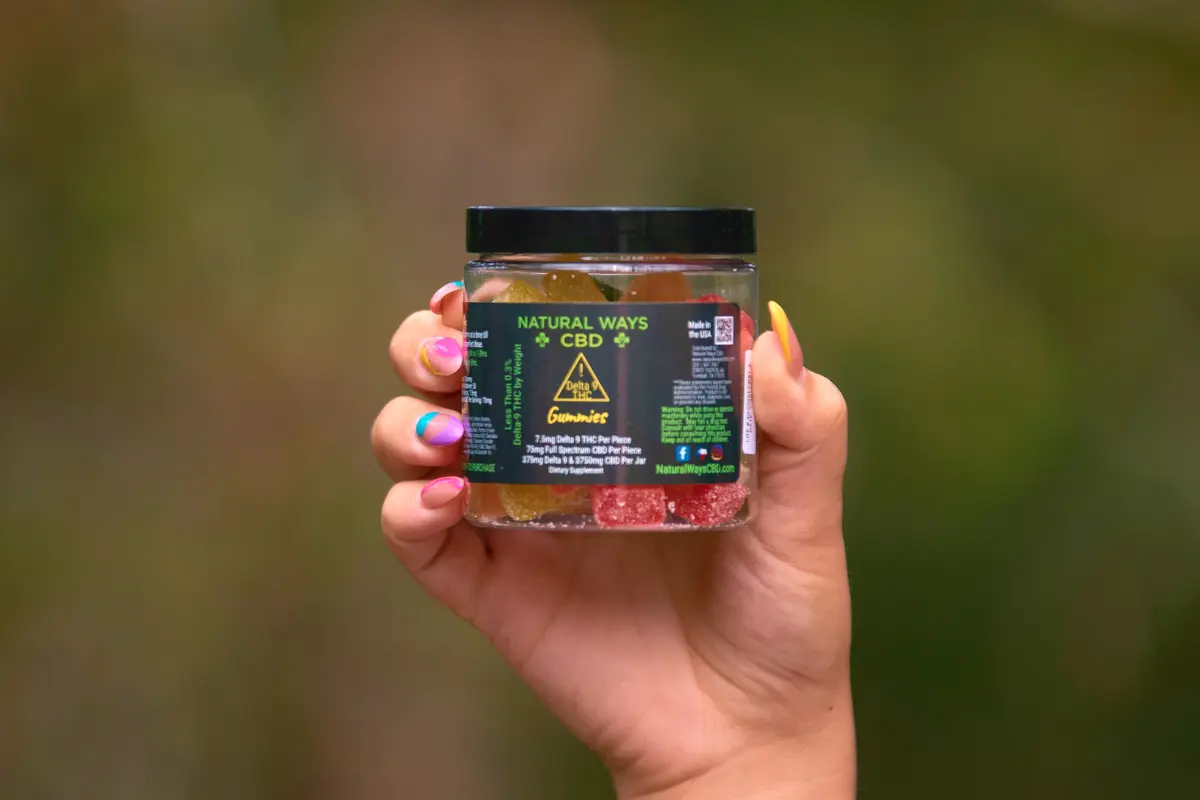
Delta 8 & Delta 9 Dosage for Pain
Starting out, you’ll want to take a medium-strength dosage of delta 8 or delta 9 for pain. You can calculate your dose using this formula:
(0.1) x (your body weight in lbs.) = your daily delta 8 or delta 9 dosage in mg.
Once you’ve used this dose a few times, adjust it up or down depending on how well it’s working for you. For more on dosage, see the resources below:
Learn More: Delta 8 Dosage Calculator, Chart, and Guide
Learn More: Delta 9 Dosage Calculator, Chart, and Guide
Conclusion: Is Delta 8 Better for Pain?
Delta 9 is the better known THC variant due to its presence in cannabis. But delta 8 has emerged as a milder alternative which might be better for you if all you’re interested in are the therapeutic benefits and don’t care about the head high.
No matter which cannabinoid you choose, though, be sure to talk to your doctor before using hemp-derived cannabinoids as a supplement to any pain medication – they’ll be able to help you do so safely and effectively.
Delta 8 vs. Delta 9 for Pain: Frequently Asked Questions
Here are some questions our customers ask us about choosing between delta 8 and delta 9 for pain.
Which delta is best for pain?
Although delta 9 THC provides a powerful head high, many therapeutic users prefer delta 8 for pain because it spreads its benefits evenly across the mind and body, rather than concentrating them in the head.
Is delta 8 good for chronic pain?
Delta 8 hasn’t been researched much for use with chronic pain, however, a survey found that pain relief was one of the most commonly reported benefits of using delta 8 products.
Does delta 9 help with neuropathy?
Research suggests that delta 9 THC may render therapeutic benefits for people suffering from pain due to chronic neuropathy.
Which is more relaxing, delta 8 or delta 9?
Delta 8 is energetic, rendering uplifting, clearheaded effects, while delta 9 is relaxing, rendering calming and slightly sedating effects.

